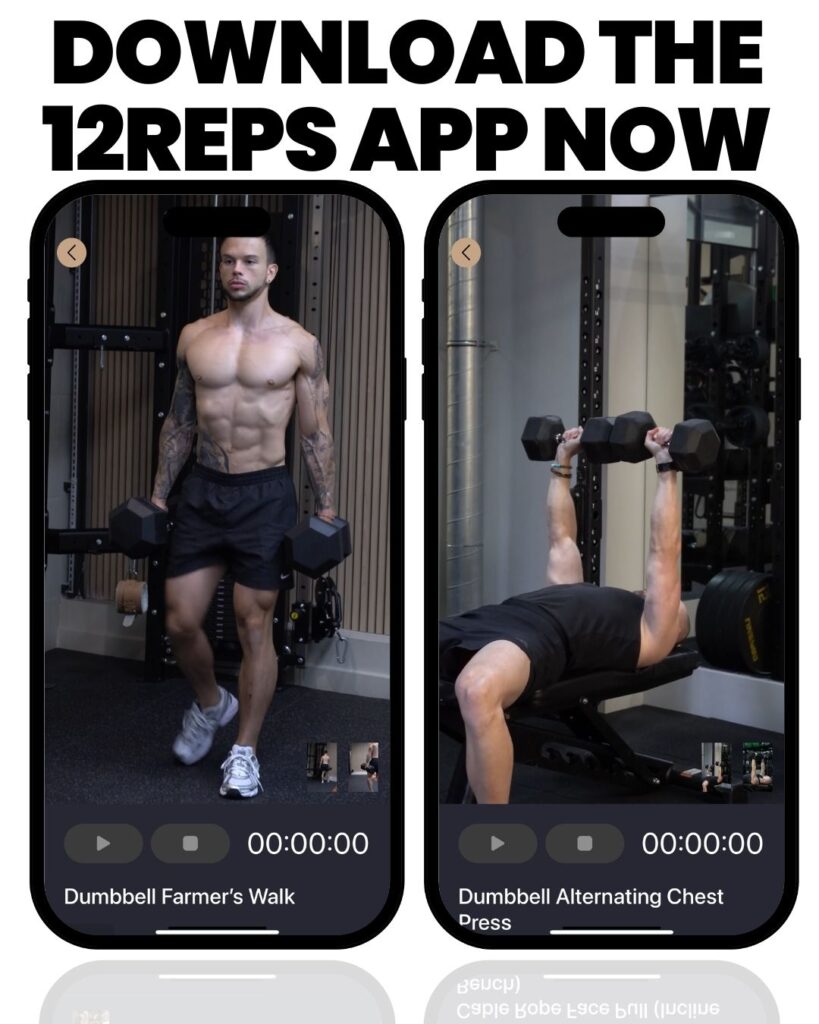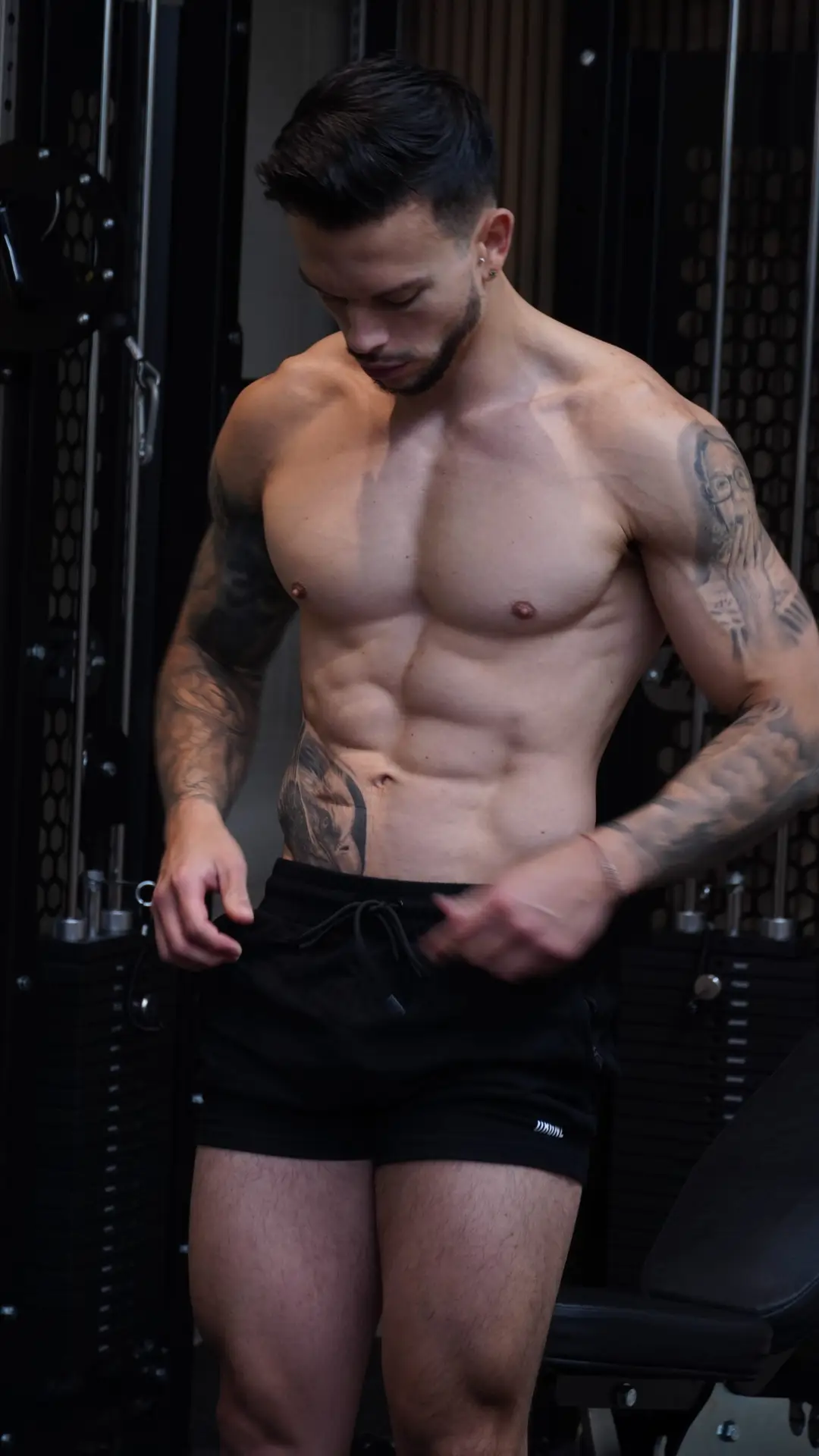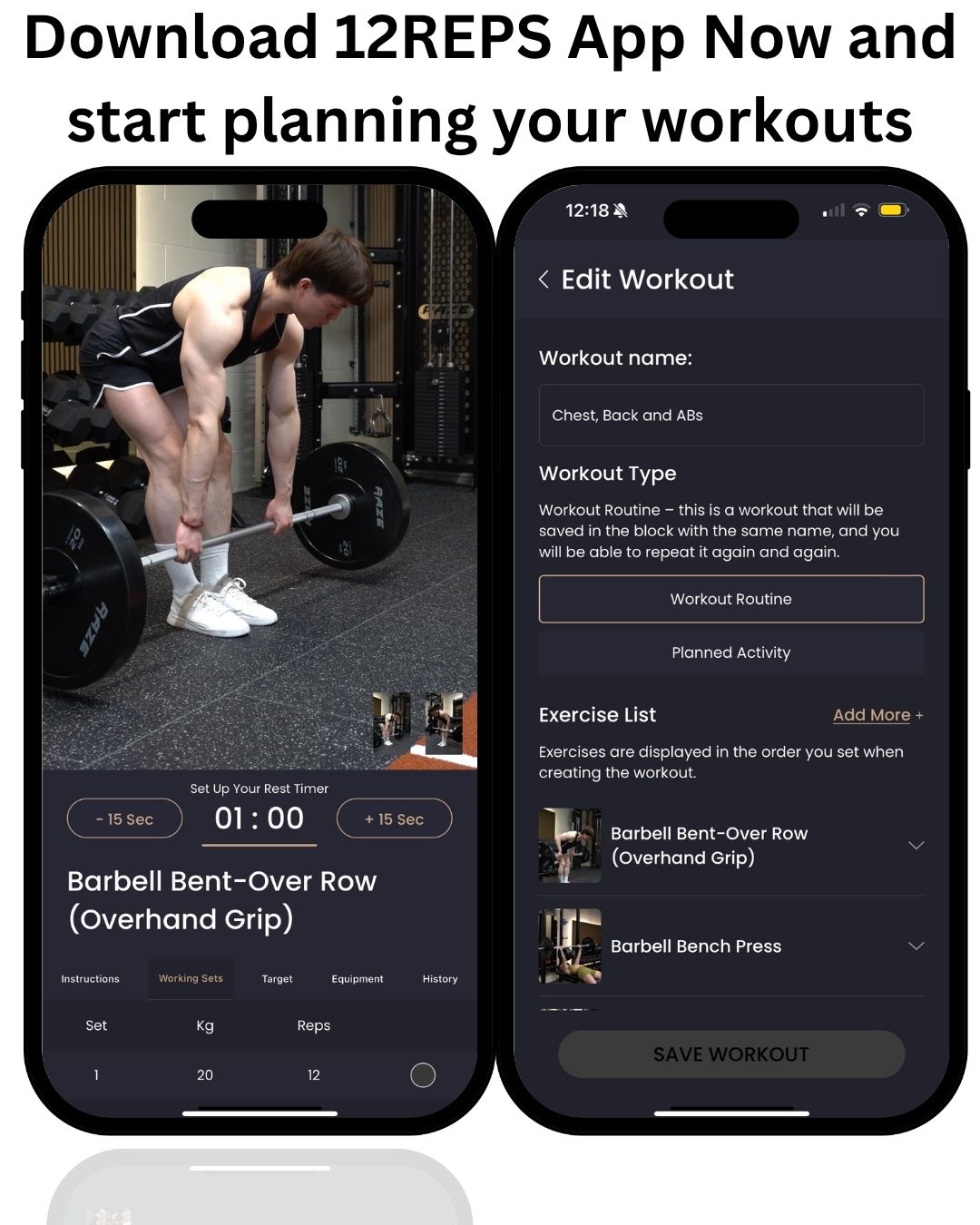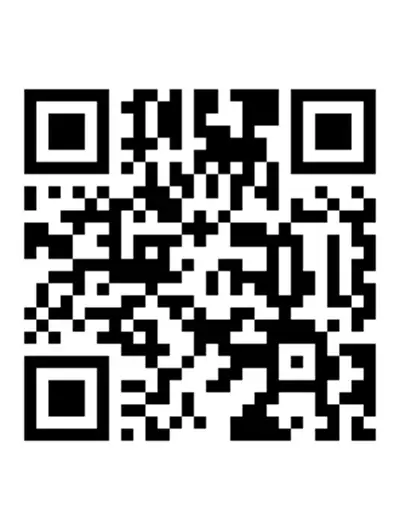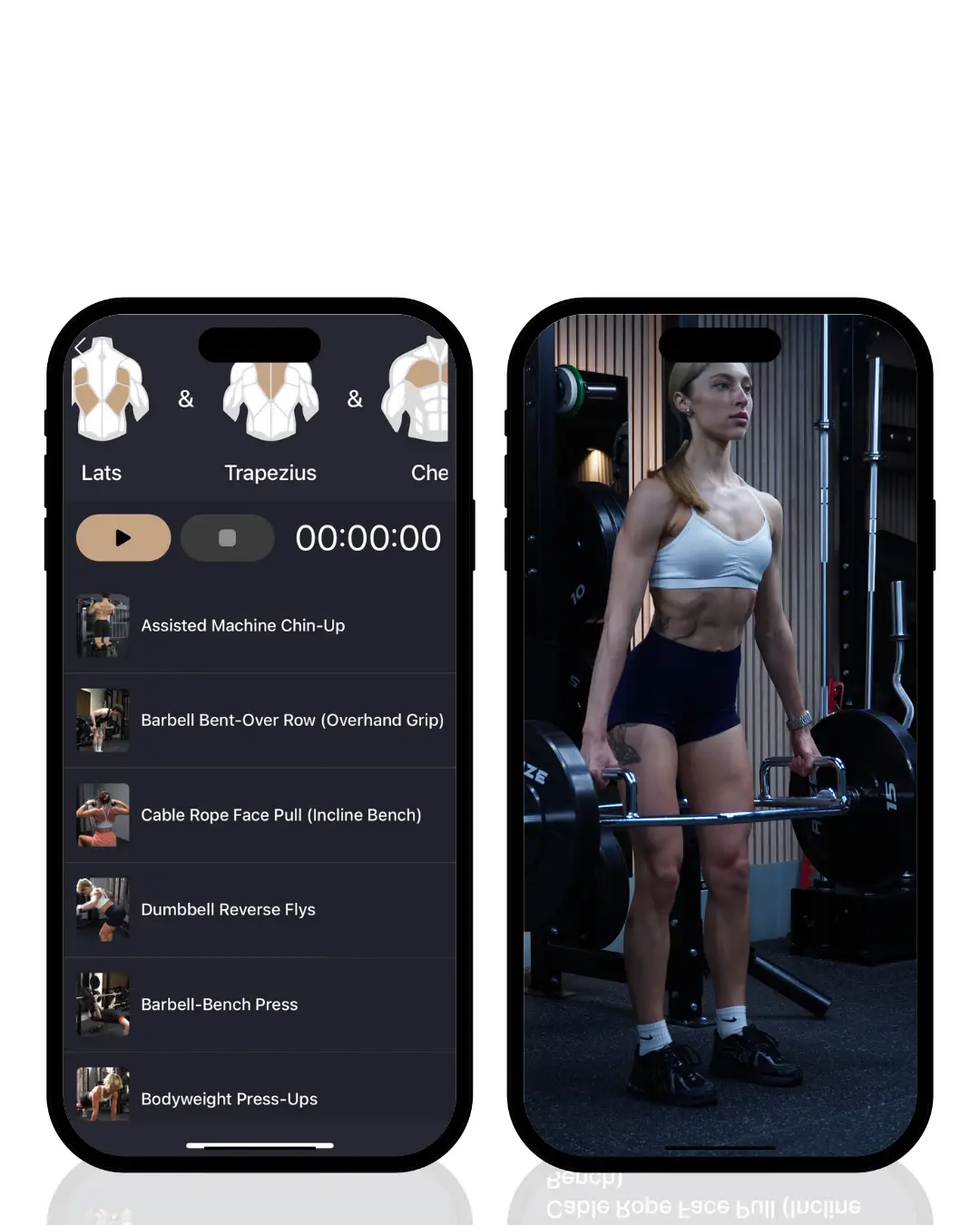Written by Will Duru, BSc (Hons) Sport and Exercise Science, award-winning Personal Trainer with over 10 years of experience in strength training and optimising recovery .
my decade-long journey as a personal trainer in London’s most demanding fitness environments, I’ve witnessed countless individuals struggle with back development. The posterior chain, comprising the latissimus dorsi, rhomboids, middle trapezius, and supporting musculature, represents one of the most complex and functionally important muscle groups in the human body. Yet, it remains one of the most undertrained and misunderstood areas in modern fitness culture.
The pull session represents the antithesis to our push-dominant society. In an era where we spend countless hours hunched over desks, driving vehicles, and engaging in forward-reaching activities, the muscles responsible for pulling us back into proper alignment become chronically weakened and lengthened. This imbalance doesn’t just affect our posture; it fundamentally compromises our strength potential, athletic performance, and long-term joint health.
Today’s pull session has been meticulously designed to address these imbalances while building impressive back width, thickness, and functional strength. Each exercise in this sequence targets the pulling musculature from different angles and with varying demands, ensuring comprehensive development that translates to real-world strength and improved quality of life.
The beauty of a dedicated pull session lies in its ability to provide focused attention to these often-neglected muscle groups. By dedicating an entire training session to pulling movements, we can achieve the volume and intensity necessary for significant adaptation while allowing adequate recovery between sessions.
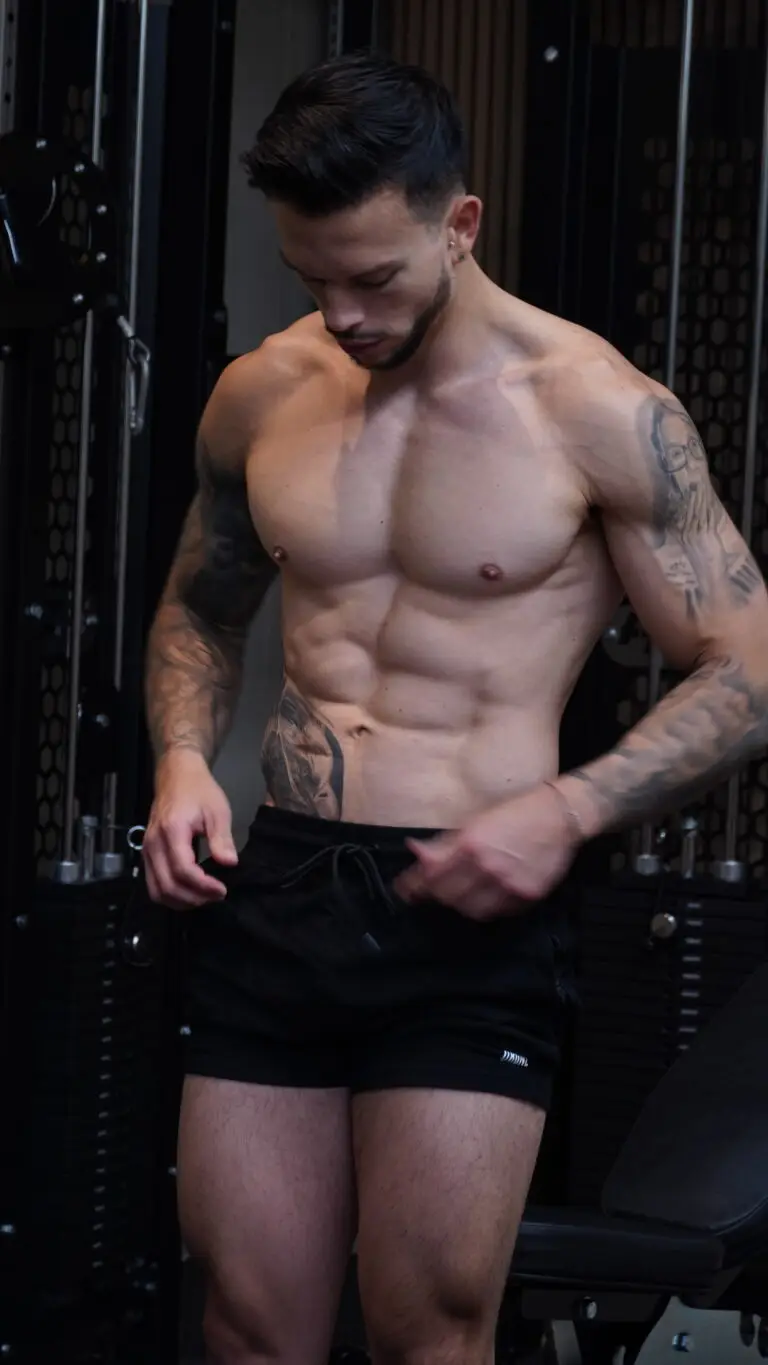
The Complete Pull Session Protocol
| Exercise | Sets | Reps | Rest Period | Notes |
| Kettlebell Gorilla Row | 5 (1 warm-up + 4 working) | 8-12 per arm | 90-120 seconds | Explosive hip hinge movement |
| Barbell Bent-Over Row | 5 (1 warm-up + 4 working) | 8-12 | 2-3 minutes | Primary compound pulling movement |
| Pull-Ups | 5 (1 warm-up + 4 working) | 8-12 | 2-3 minutes | Bodyweight vertical pull |
| Dumbbell Single Row | 5 (1 warm-up + 4 working) | 8-12 per arm | 90-120 seconds | Unilateral strength development |
| Lat Pull-Down | 5 (1 warm-up + 4 working) | 8-12 | 60-90 seconds | Controlled lat isolation |
Exercise Breakdown and Technical Mastery
Barbell Bent-Over Row
The barbell bent-over row stands as the cornerstone of back development and serves as our primary compound movement for this session. This exercise has earned its reputation as the king of horizontal pulling movements through its ability to target virtually every muscle in the posterior chain while allowing for progressive overload with substantial weight.
Your setup position determines the success of this movement. Begin by approaching the barbell with your feet positioned hip-width apart. Hinge at the hips to grasp the bar with an overhand grip, hands positioned slightly wider than shoulder-width. The critical element lies in achieving and maintaining the proper torso angle – approximately 45 degrees from vertical, throughout the entire set.
Your core must remain braced as if preparing for a punch to the stomach, creating the intra-abdominal pressure necessary to protect your spine under heavy loads. The rowing motion should be initiated by retracting your shoulder blades, followed by driving your elbows back toward your hips. The bar should contact your lower chest or upper abdomen, depending on your individual anatomy and flexibility.
The eccentric portion of the movement deserves equal attention to the concentric phase. Lower the weight under control, allowing your lats to stretch fully while maintaining tension throughout the range of motion. This controlled descent not only maximises muscle development but also builds the eccentric strength that translates to improved performance in all pulling movements.
Pull-Ups
The pull-up represents the ultimate test of relative strength and serves as our primary vertical pulling movement. This bodyweight exercise has humbled countless gym-goers while simultaneously building some of the most impressive backs in strength training history. The beauty of the pull-up lies in its simplicity and scalability, it can challenge beginners and advanced athletes alike.
Approach the pull-up bar with confidence and purpose. Your grip width should be slightly wider than shoulder-width, with your palms facing away from your body in a pronated grip. Before initiating the pull, engage your lats by slightly depressing your shoulder blades and creating tension throughout your entire body.
The ascent should be smooth and controlled, initiated by driving your elbows down and back rather than simply pulling with your arms. Focus on bringing your chest toward the bar while maintaining a slight backwards lean. This technique ensures maximum lat engagement while minimising the contribution of momentum.
At the top position, your chin should clear the bar with your chest proud and shoulder blades fully retracted. The descent requires equal attention – lower yourself under control, allowing your arms to fully extend while maintaining tension in your lats. This full range of motion is crucial for maximising the developmental benefits of the exercise.
For those unable to complete bodyweight pull-ups, assisted variations using bands or machines provide an excellent progression tool. Conversely, advanced trainees can add external load using a weight belt or weighted vest to continue challenging their strength levels.
Dumbbell Single Row
The dumbbell single row provides our session with crucial unilateral training, addressing strength imbalances while allowing for a greater range of motion than bilateral rowing movements. This exercise offers the unique advantage of training one side at a time, enabling you to focus entirely on the working muscles while using your non-working arm for support and stability.
Position yourself alongside a bench with your inside knee and hand planted firmly on the surface. Your outside leg should be positioned slightly back, creating a stable tripod base of support. The dumbbell should hang naturally from your working arm, allowing for a full stretch of the latissimus dorsi at the bottom position.
The rowing motion should follow a path toward your hip rather than straight up toward your shoulder. This trajectory maximises lat engagement while minimising the involvement of the upper trapezius and rhomboids. Focus on initiating the movement by retracting your shoulder blade, followed by driving your elbow back and up.
At the top of the movement, squeeze your shoulder blade toward your spine while feeling the contraction throughout your entire lat.
The pause at the top position allows for enhanced muscle activation and improved mind-muscle connection. The descent should be controlled, allowing the weight to stretch your lat fully while maintaining tension throughout the range of motion.
The unilateral nature of this exercise also provides an excellent opportunity to address any strength discrepancies between your left and right sides. Pay attention to any differences in strength, range of motion, or muscle activation between sides, and adjust your training accordingly.
Lat Pull-Down
The lat pull-down serves as our session finisher, providing a controlled environment to target the latissimus dorsi with precision and focus. After the demanding compound movements that preceded it, this machine-based exercise allows for isolated lat development while maintaining strict form and control.
Adjust the thigh pad to secure your legs firmly in place, preventing your body from rising during the pulling motion. Your grip should be wide enough to create a slight stretch in your lats at the top position while allowing for a full range of motion. The pronated grip targets the lats most effectively, though variations in grip width and hand position can provide different training stimuli.
Before initiating the pull, establish proper posture by sitting tall with your chest proud and shoulder blades slightly retracted. The pulling motion should be smooth and controlled, focusing on driving your elbows down and back rather than simply pulling with your hands. Visualise trying to pull your elbows into your back pockets.
The bar should be pulled to your upper chest, not behind your neck, as this position maximises lat activation while minimising shoulder impingement risk. At the bottom position, squeeze your shoulder blades together and hold the contraction briefly before allowing the weight to return under control.
The eccentric portion of this movement is particularly important for lat development. Resist the weight as it returns to the starting position, maintaining tension in your lats throughout the entire range of motion. This controlled negative not only maximises muscle development but also builds the eccentric strength that carries over to pull-up performance.
The Science of Progressive Overload in Pull Training
Progressive overload in pull training presents unique challenges compared to pushing movements. The complexity of the posterior chain, combined with the technical demands of pulling exercises, requires a more nuanced approach to progression. Throughout my years of training clients, I’ve observed that successful back development depends not just on adding weight, but on mastering movement quality and establishing a strong mind-muscle connection.
The principle of progressive overload remains fundamental: to continue making progress, you must gradually increase the demands placed on your muscles over time. However, with pulling movements, this progression often begins with mastering bodyweight exercises before advancing to external loads. The pull-up, for instance, serves as a benchmark for relative strength that must be conquered before considering weighted variations.
For the exercises in today’s session, I recommend a multi-faceted approach to progression. Begin by focusing on movement quality and range of motion, ensuring you can perform each exercise with perfect form through the full range of motion. Once technical proficiency is established, progression can occur through several variables: increasing weight, adding repetitions, performing additional sets, or reducing rest periods between sets.
The kettlebell gorilla row offers unique progression opportunities through both weight increases and explosive power development. As you become more proficient with the movement, focus on generating more power from your hips while maintaining control of the rowing portion. This dual progression develops both strength and power simultaneously.
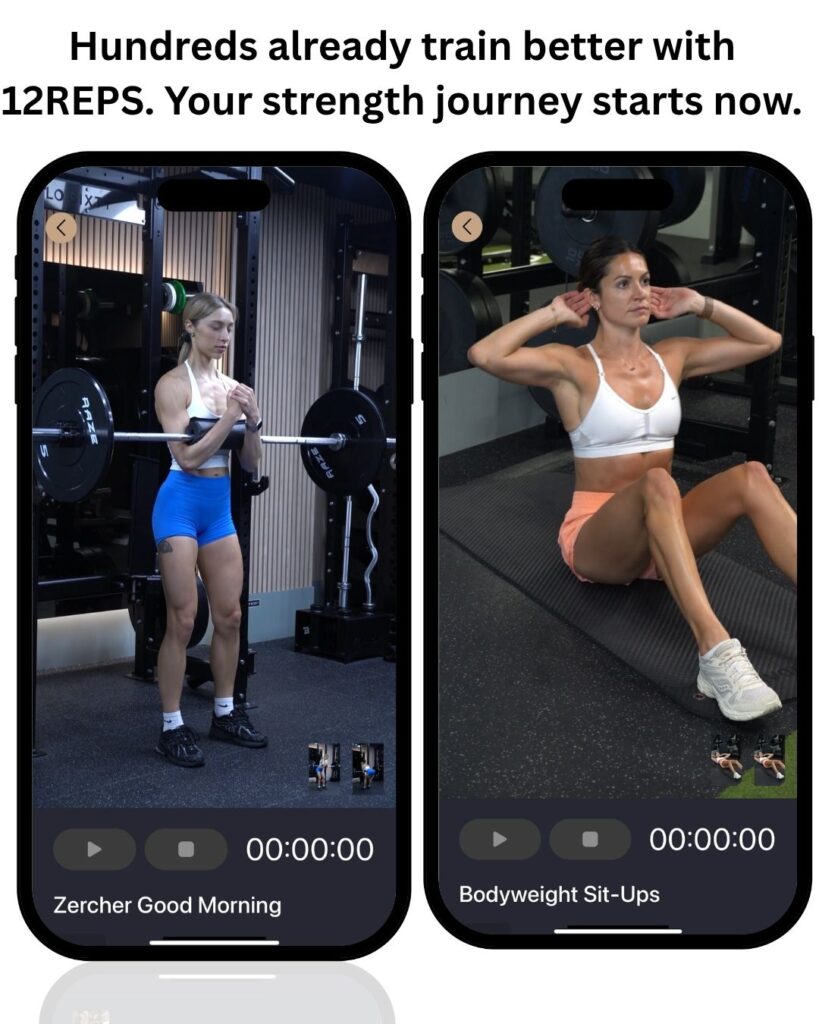
Leveraging Technology: The 12Reps App for Back Training Excellence
The complexity of back training makes the 12Reps app particularly valuable for those seeking to master these movements. Available at just12reps.com, the app provides detailed video demonstrations of each exercise in today’s session, showing proper setup, execution, and common mistakes to avoid. This visual guidance proves invaluable when learning the subtle nuances that separate effective back training from merely going through the motions.
The app’s extensive library of over 1,500 strength exercises includes numerous variations of each movement in our pull session. For the kettlebell gorilla row, you can access demonstrations showing different stance widths, kettlebell positions, and tempo variations. This variety ensures you never plateau and always have new challenges to pursue.
What sets the 12Reps app apart in the context of back training is its intelligent filtering system that can create targeted pulling workouts based on your available equipment and specific goals. Whether you’re training in a fully equipped gym or working with limited home equipment, the app adapts to your circumstances while maintaining the principles that drive back development.
The progress tracking features align perfectly with the progressive overload principles we’ve discussed. For pull-ups, the app allows you to track not just the number of repetitions completed, but also progression through assisted variations toward unassisted performance. This detailed tracking provides motivation and clear evidence of improvement over time.
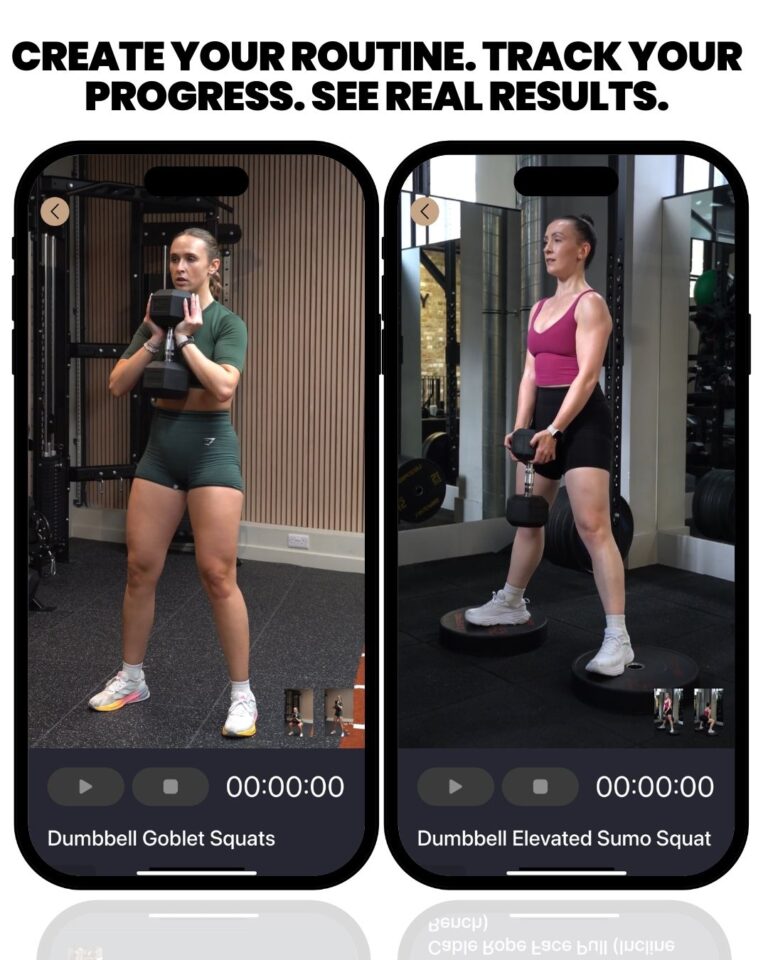
Building a Foundation for Lifelong Strength
This pull session represents more than just a collection of back exercises; it’s a comprehensive approach to developing the posterior strength that serves as the foundation for all human movement. The careful progression from explosive hip-driven movements to controlled isolation work ensures that every aspect of your pulling strength receives attention and development.
The integration of both bilateral and unilateral movements addresses strength imbalances while providing the variety necessary for continued adaptation. From the dynamic power demands of the kettlebell gorilla row to the precise control required for the lat pull-down, each exercise contributes to a complete back development program.
Remember that back development is a marathon, not a sprint. Focus on consistent execution of these movements with progressive overload over time, and utilise resources like the 12Reps app to ensure your technique remains sharp and your progression stays on track. The posterior chain you develop through dedicated pull training will serve you not just in the gym, but in every aspect of your daily life.
The journey to building an impressive and functional back requires dedication, patience, and intelligent programming. This pull session provides the framework, but your commitment to progressive overload, technical excellence, and consistent execution will determine your ultimate success. Train with purpose, progress with patience, and watch as your back strength becomes the foundation for all your physical achievements.
